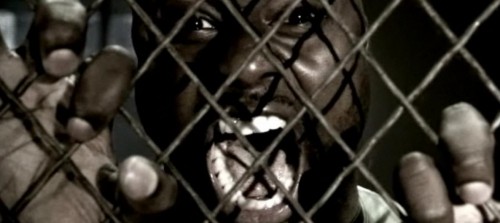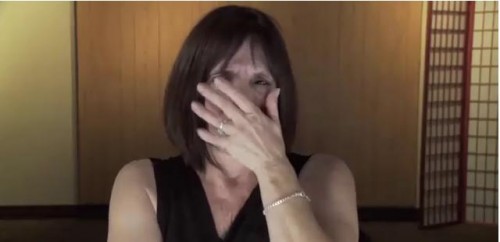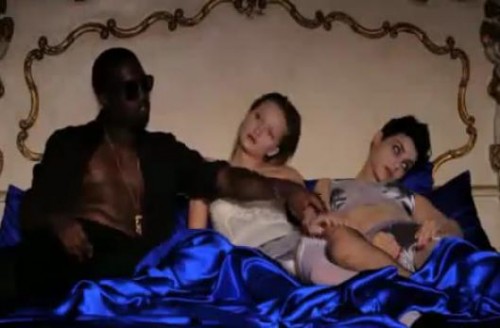Back in December, Carly S. sent in an ESPN video about NFL player Bart Scott, nicknamed the “Mad Backer.” The video illustrates a number of noteworthy themes:
- The glorification of violence, with Scott reveling in the chance to dish it out.
- Equating being able to play through pain caused by this violence as proof of masculinity — particularly disturbing given concerns about the long-term effects the physical punishment players take has on their health.
- Through the “Mad Backer” persona and the presence of a straight jacket and stretcher, Scott associates mental illness with violence and danger as a way to prove his own superiority on the field. Not only is he “mad,” he depicts himself as a villain who enjoys brutality.
See for yourself:















